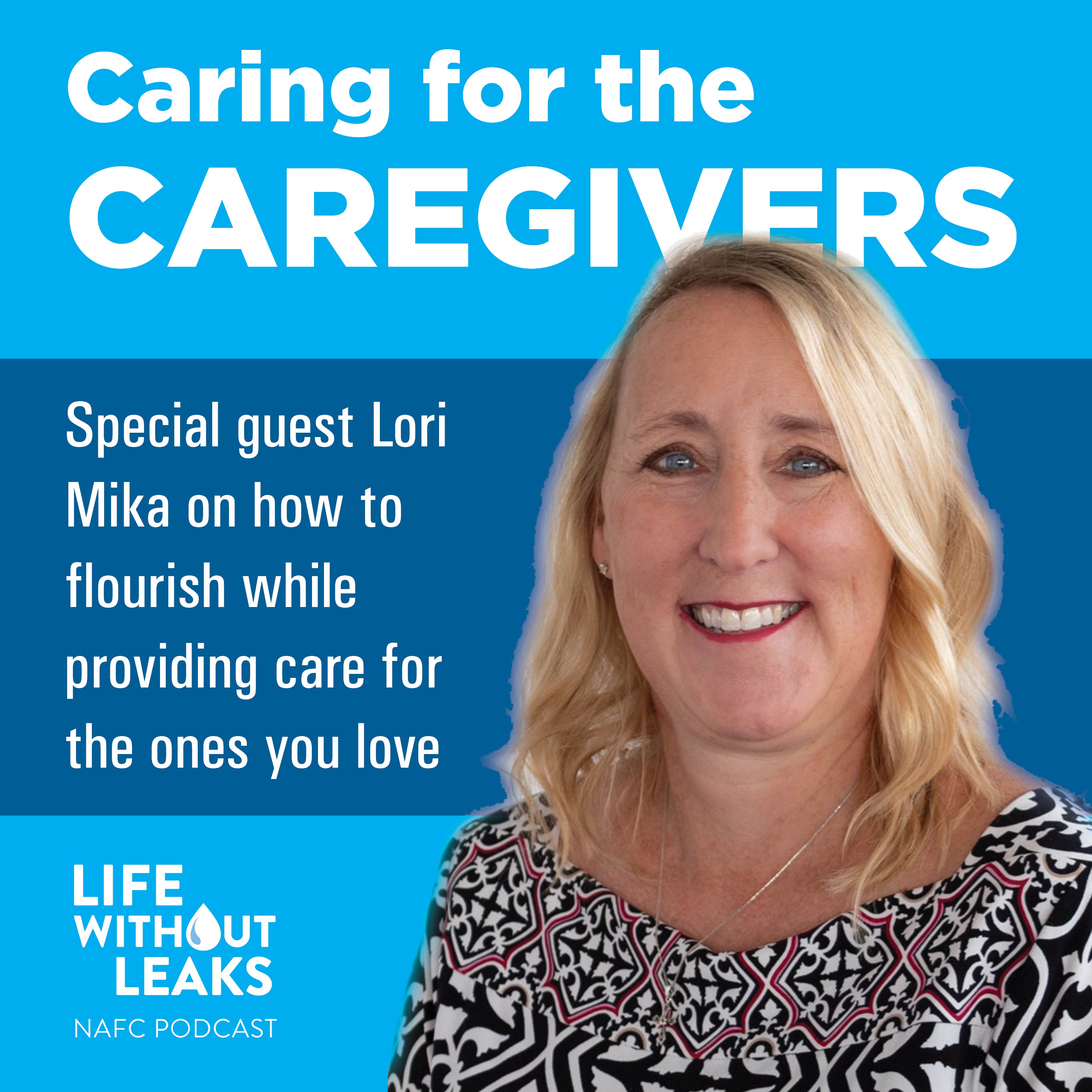Being a new mom comes with all sorts of challenges (hello sleepless nights!), and it can take time to learn all the ins-and-outs of your new normal. But there are a few things that can help make life easier, at least on your body.
Here are a few tips to help with your mobility, prevent muscle strain and relieve stress on your back, knees, shoulders and wrists.
-
When Lifting Your Baby In And Out Of The Crib…
This is a move you’ll be making countless times a day, so it’s important to get it right. Never lock your knees or lift your baby at arms’ length – this can put a surprising amount of strain on your lower back. Instead, plant your feet shoulder-width apart and bend your knees as you reach down to pick up your child. To avoid strain on your lower back, try to bring your baby as close to your body as possible before lifting.
-
When Carrying A Car Seat…
Your baby may feel like a tiny bundle of joy, but just try carting around your little one in a car seat – all of a sudden, you’re trying to manage an extra 15-20 pounds of plastic, padding and squirming child, often a bit awkwardly. If you carry the seat incorrectly, you could be putting a lot of stress on not only your back, but on your shoulders and wrists, too.
The best way to carry a car seat is by placing both hands on the handle, bending your elbows and carrying the seat in front of you. Try to keep as little distance between your torso and the car seat as possible to avoid stress on your lower back. (Note – use the same move for lifting your baby bag too!)
If you’re really hurting, try putting the car seat in the car first and then placing your baby inside.
-
When Breastfeeding…
Breastfeeding can be an amazing experience for many mothers, but it can be difficult to find your stride at first, and sitting for hours a day with a newborn to your breast can really hurt your back if you’re not paying attention to posture. Here are some positions that may help ease your pain:
Reclining – This is a great position that allows your baby to lay across you and nurse without you having to support it or yourself. To do it, lie down in a bed, couch or a reclining chair and place your baby on your chest, using pillows to support your arms. Babies will naturally turn their heads to nurse on their own.
Side-Lying – Another position that takes the pressure off the lower back is the side-lying position. Lie on your side, using pillows for support if needed. Lay your baby next to you, aligning its nose with your nipple.
Bringing Baby To Your Breast – This one’s not really a position, but if you’re nursing while sitting, it’s important to remember. Slumping over your baby all day can have a big impact on back pain. Remember to sit up straight and try bringing the baby up to your breast instead of leaning down to bring your breast to your baby. If this feels difficult, try using a pillow or two to help prop your baby up closer.
-
Carrying Your Baby…
Hands Free. Holding your baby close to you helps keep the weight in line with your own spine, and prevents you from overloading your back muscles. A baby carrier makes this easy. Make sure you get a carrier that places your baby in the front, which will put most of the weight in your midline, the strongest part of your body. This prevents straining your hips and core from being overtaxed.
Don’t carry your baby on your hip. While this mode of carrying may feel natural to you, it can overload your back muscles and cause back pain.
Don’t overdo it. It’s natural to want to hold your baby all the time. Afterall, you want to give it as much love as you can. But listen to your body. If you’re experiencing back pain, give yourself a break and let your muscles rest for a day or two. Ask your partner or a friend or family member to help you out as you recover.
Tips for easing back pain:
-
First things first, be sure to talk to your doctor prior to starting any type of workout. Your body has been through a lot and needs time to heal before you start adding in strengthening exercises. What’s more, if you have severe back pain or pelvic disorder, you may wish to visit a pelvic floor health care physical therapist to get a proper examination, as certain exercises can make these conditions worse.
-
Practice good posture. Make sure you stand up straight, don’t slouch, and keep your core engaged to prevent less stress on your back muscles. (Read: The Importance Of Posture)
-
Strengthen your core. Your stomach muscles take a beating during pregnancy and it’s important to put in the time to get them back into shape as soon as your doctor gives you the go ahead. Start slowly and don’t get discouraged – it may take some time to get your stomach muscles back into the shape they were pre-baby. And, many women experience a diastasis recti, where the stomach muscles separate slightly. It may take some time (and legitimate work) to get back to normal.
-
Practicing strength and flexibility exercises, such as yoga, are good options to ensure you keep your hips and back muscles strong and flexible.
-
Don’t underestimate the power of rest. If your back pain is really bothering you, give yourself some time to recover. Trying to workout when you’re in pain is never a good idea. Be sure to rest your body when you need it so your muscles have a chance to heal.
When To Seek Help
In most cases, it will just take some time for your muscles and ligaments to heal and return to normal after giving birth. Your still changing hormones, especially if you are breastfeeding, may make this process take even longer. And making some of the adjustments above to lessen the strain on your muscles should help. But if you’re experiencing a lot of pain several weeks after giving birth, go see your doctor. There could be a complication from childbirth that is causing your back pain.
Your doctor may also refer you to a physical therapist who can evaluate your pelvic floor and core muscles. Pelvic floor disorders that result from pregnancy and childbirth can often cause back pain and it’s important to address those issues as soon as you can. A pelvic floor physical therapist will be able to assign specific exercises to you to help you strengthen your pelvic floor, hip, and core muscles to provide you with greater stability, making it easier for you to move and care for your baby.







One Response
More Research is Needed